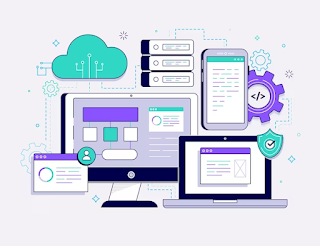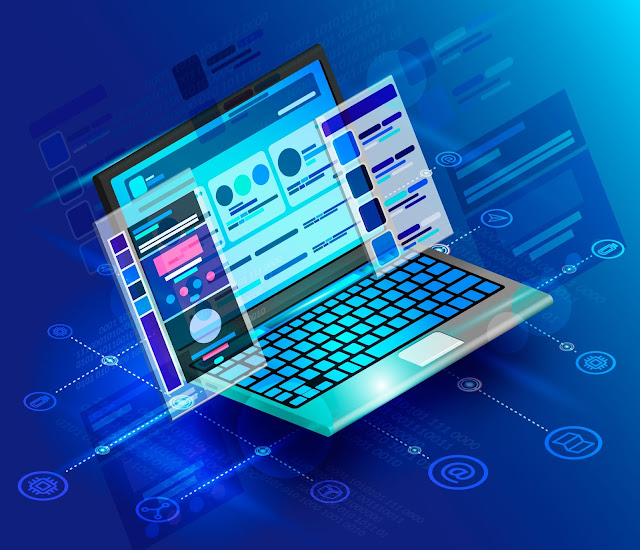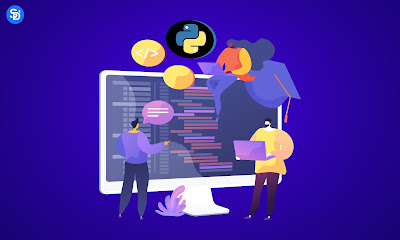Exploring 10 Python Libraries for Data Science and Machine Learning
In the ever-evolving landscape of data science and machine learning, Python remains a dominant programming language. Python's versatility and extensive ecosystem of libraries make it an ideal choice for developers and data scientists. If you're associated with a Python development company, leveraging these libraries can significantly enhance your capabilities in data science and machine learning projects.
NumPy:
One of the fundamental libraries for numerical computing, NumPy provides support for large, multi-dimensional arrays and matrices, along with an extensive collection of mathematical functions. It serves as the foundation for many other libraries in the Python data science ecosystem.
Pandas:
Pandas is a powerful library for data manipulation and analysis. It introduces data structures like DataFrames, making it easier to clean, transform, and analyze structured data. Python developers at a Python development company often rely on Pandas for tasks such as data cleaning, filtering, and grouping.
Matplotlib:
For creating static, interactive, and animated visualizations in Python, Matplotlib is a go-to library. With its comprehensive set of plotting tools, Python software development company teams can easily generate a wide range of charts and graphs to communicate insights effectively.
Seaborn:
Built on top of Matplotlib, Seaborn is specifically designed for statistical data visualization. It simplifies the process of creating informative and attractive visualizations, making it an essential tool for Python developers engaged in data analysis and exploration.
Scikit-learn:
As a machine learning library, Scikit-learn provides simple and efficient tools for data mining and data analysis. It includes various algorithms for classification, regression, clustering, and dimensionality reduction, making it an indispensable resource for Python software development company teams working on machine learning projects.
TensorFlow:
Originating from Google, TensorFlow stands as an open-source machine learning framework extensively employed in the construction and training of deep learning models. Python developers at a Python development company can leverage TensorFlow's flexibility and scalability to implement complex neural networks for tasks such as image recognition and natural language processing.
PyTorch:
Similar to TensorFlow, PyTorch is a deep learning library that has gained popularity for its dynamic computational graph and intuitive interface. Python software development company teams often choose PyTorch for its ease of use and seamless integration with other popular libraries.
Keras:
Keras is a high-level neural networks API, often used as an interface for TensorFlow. It simplifies the process of building and training deep learning models, making it an excellent choice for Python developers who prioritize a user-friendly approach to machine learning.
NLTK (Natural Language Toolkit):
When working on natural language processing tasks, NLTK is an indispensable library. It provides tools for tasks such as tokenization, stemming, and part-of-speech tagging, making it a valuable resource for Python development company teams involved in text analysis and processing.
Statsmodels:
Statsmodels is a library that concentrates on the estimation and examination of statistical models. It is particularly useful for Python developers engaged in econometrics, time-series analysis, and hypothesis testing, providing a wide range of statistical models and tests.
Conclusion
In conclusion, these Python libraries collectively form a powerful toolkit for data science and machine learning projects. If you are associated with a Python development company, integrating these libraries into your workflow can significantly enhance your team's capabilities, enabling them to tackle a diverse range of tasks efficiently.
As a Python software development company, staying at the forefront of these technologies ensures that you can deliver innovative solutions that meet the evolving demands of the data-driven landscape. The Python ecosystem's robustness, coupled with these specialized libraries, empowers your team to excel in data science and machine learning endeavors.




Comments
Post a Comment